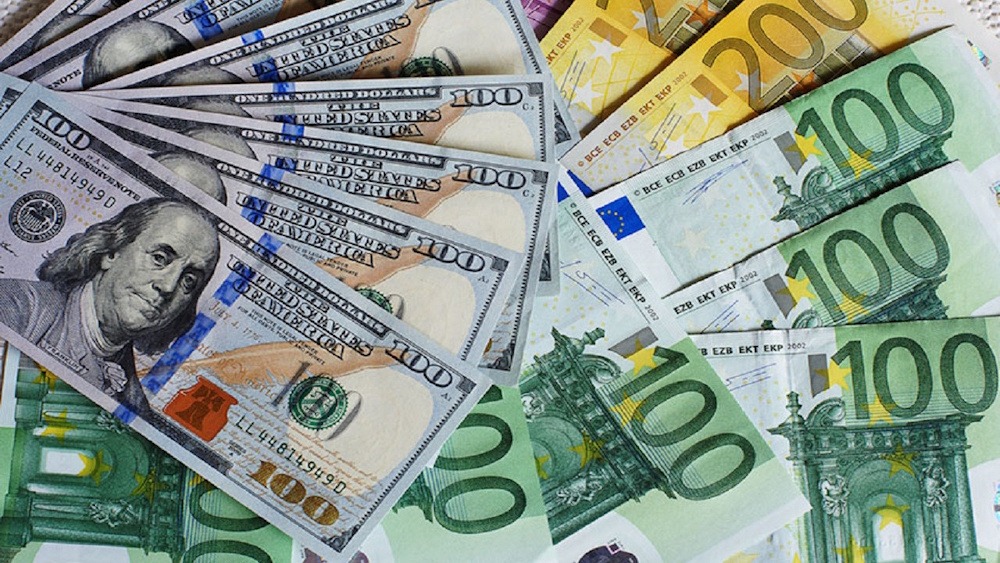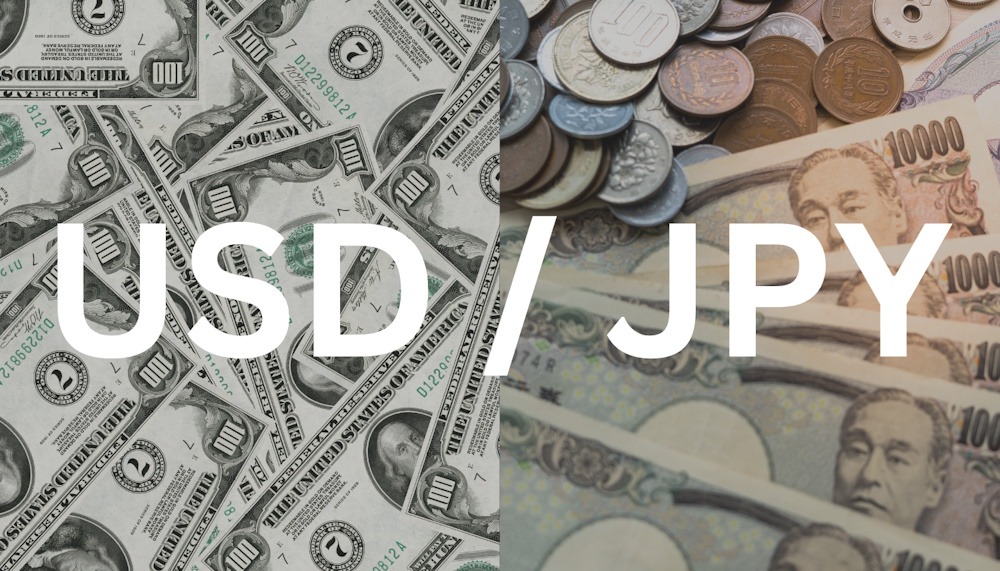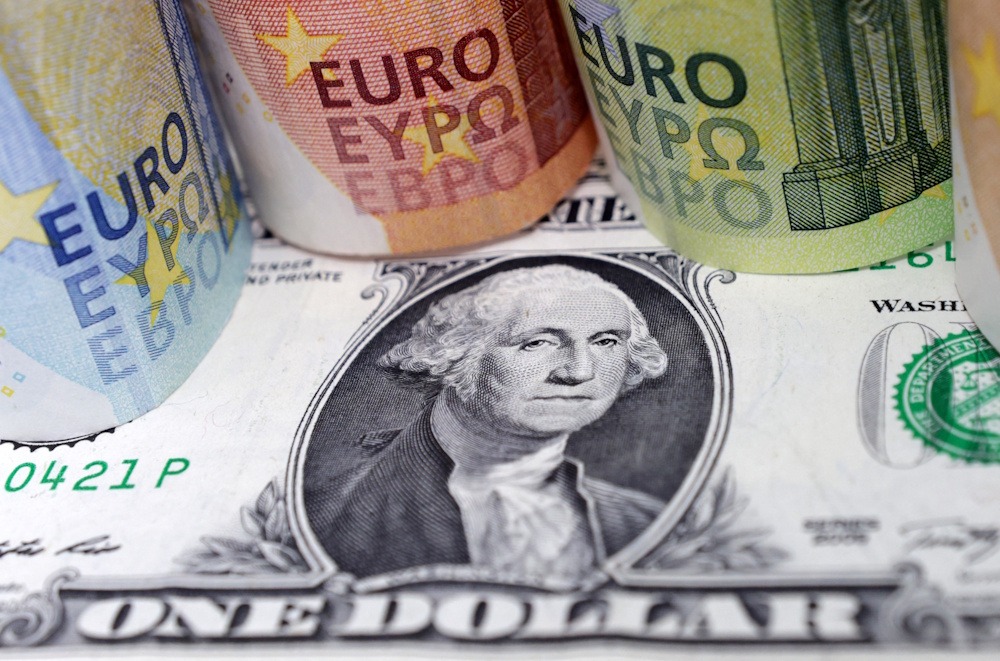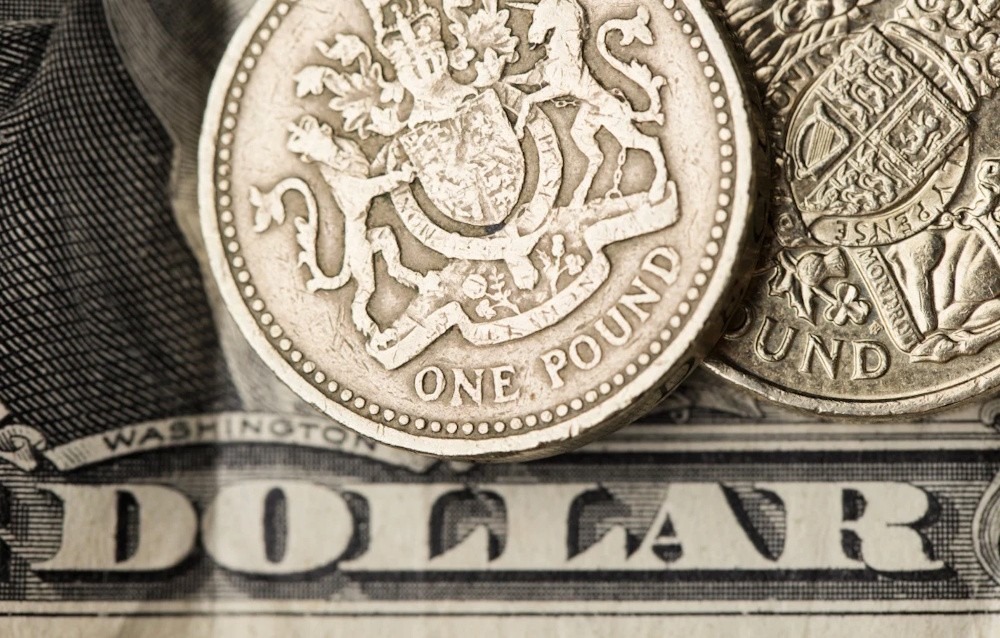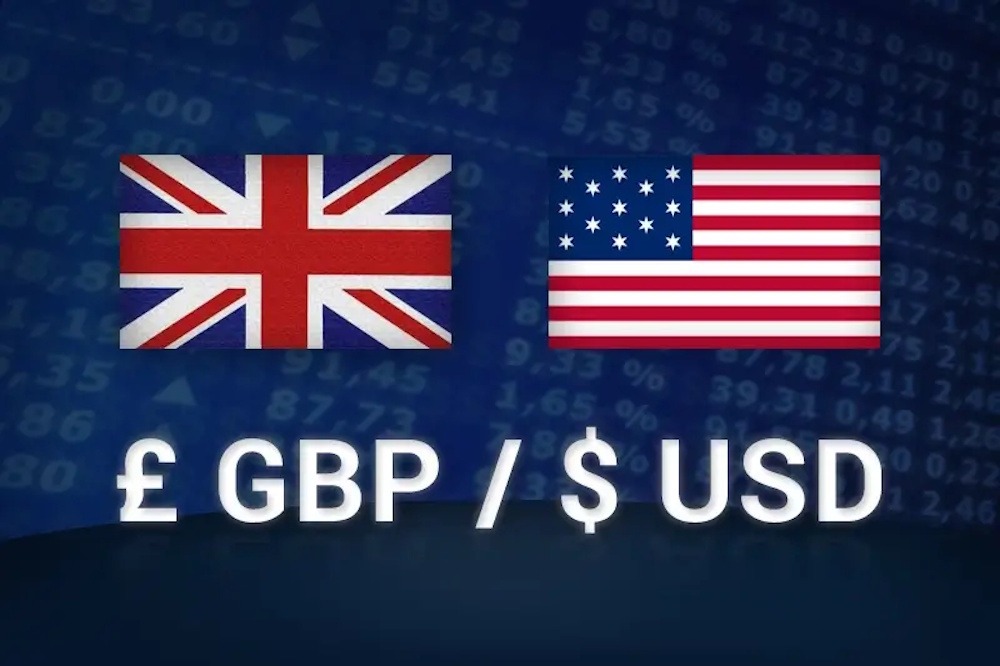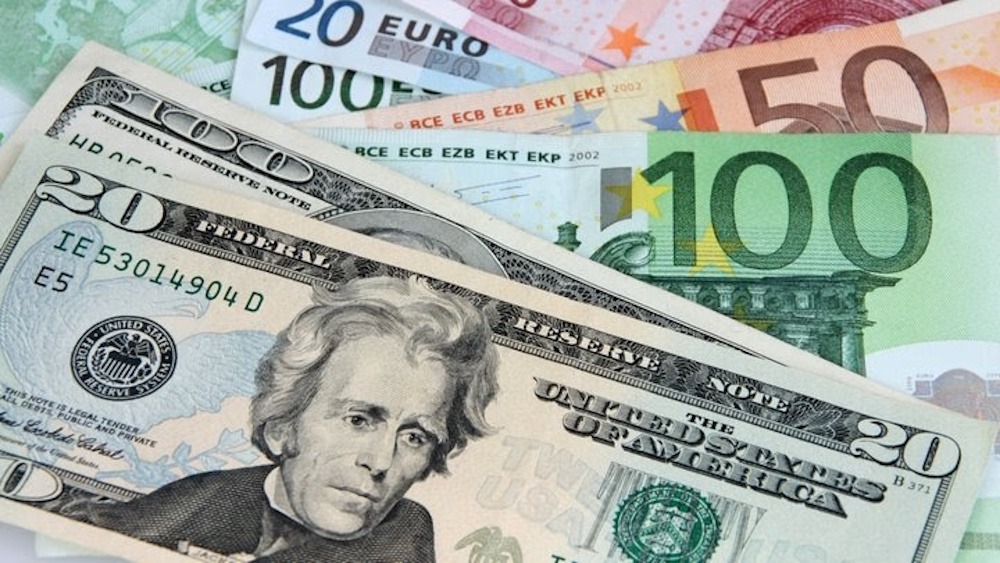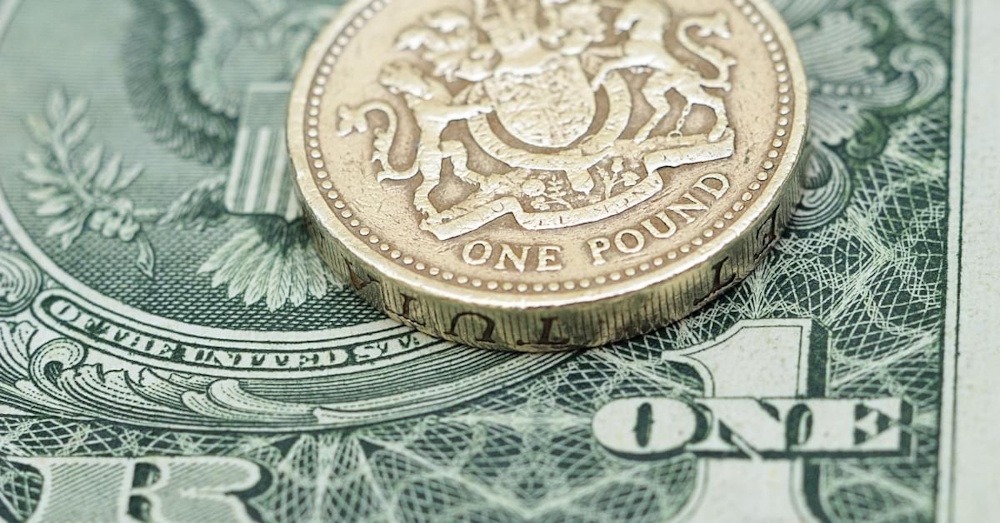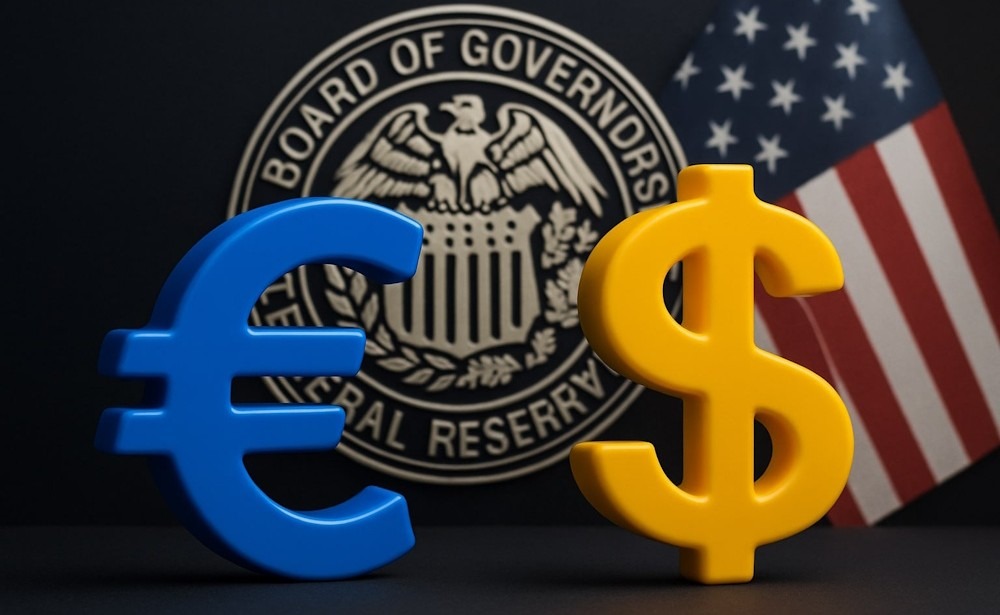EUR/USD Faces Pressure as USD Strengthens Amid Mixed Data
EUR/USD experiences moderate declines during the North American session on Friday as the US Dollar maintains strength following the release of mixed economic data and dovish remarks from Federal Reserve officials. The pair is currently at 1.1504, reflecting a decrease of 0.20%, following a dip to a two-week low of 1.1491. The EUR/USD pair declines … Read more

